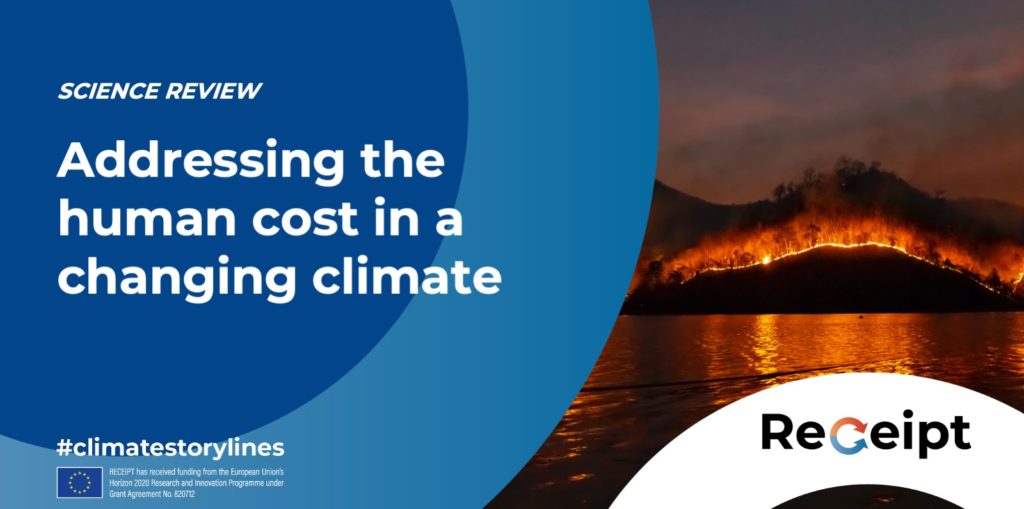Climate-related disasters come at a high price. Damaged infrastructures, interrupted trade routes and investment losses cost billions every year. But climate change also comes at a high human cost, with people losing their homes and their revenue. Our scientists explored the topic for a special edition in Science.
On average, 24.5 million people are forced to move out of their homes due to disasters every year. That’s almost the population of Australia having to flee their homes every year. With climate change and the increasing concentration of population in climate-sensitive areas, more and more people are becoming at risk of being displaced. Displacement is not only traumatic for those forced to flee their homes, but it also has important consequences on local and national economies.
Every time someone is forced out of their home, even only for a few days, there are costs of transportation, shelter, food and non- food items. If the person cannot pursue their usual work, this is worsened by a loss of income. When people are displaced for a longer period, their overall resilience takes a toll with a lack of schooling, training and job experience, which increases their economic vulnerability.
When facing climate change and potential displacement, we are not all equal. A wealthy farmer with access to reliable irrigation and fertilisers, insurance and buyers will not be forced to leave behind their activity after a bad raining season. A small subsistence farmer, on the other hand, is much more vulnerable to seasonal rainfall and could be driven out of their land by unfavourable weather.
While displacement and its associated costs has a big impact on local and national economies, there are insufficient comprehensive risk assessments on the issue. This is essential for humanitarian responses, but most importantly, for informing effective risk and exposure reduction. Based on that, coordination on budget allocations and program execution can be improved.
Our scientists conclude that “understanding needs and priorities in the decision-making processes of affected populations, will be at least as important at indicating what the future holds”. Read all about it in their Science review (restricted access).
Want to learn more about displacement risk? We also have something on displacements due to floods.

Published on : 08 July 2021
